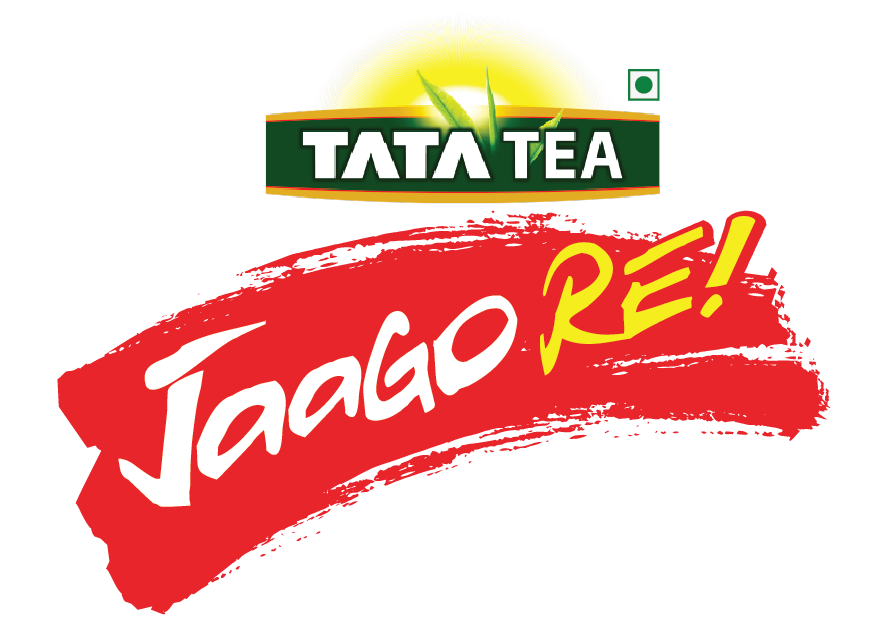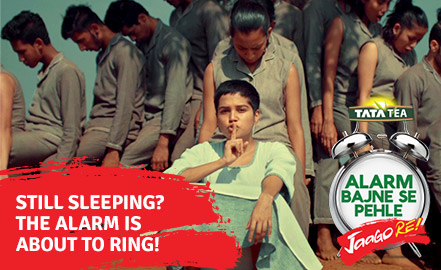HUMAN TRAFFICKING IN INDIA & THE INVISIBLE VICTIMS

Last month, India decided to sign an agreement with Bahrain to prevent human trafficking.* Human trafficking is one of the most rampant crimes in a labour-surplus and developing country like India, but we have not yet managed to tackle this issue, because of our lack of knowledge about it.
What is human trafficking, who are its victims, and what can we do fight it? Here are a few points to help us better understand this menace.
What is human trafficking?
The trade of human beings for exploitative purposes including bonded and forced labour, commercial sexual exploitation and illegal organ-trade is called ‘human trafficking”. Given the nature of the crime, it also involves forceful and illegal migration of the victims who are traded.
Who are the victims of human trafficking?
Victims of human trafficking in India live amidst us, in our day-to-day surroundings. The most common victims are:
1. Children and young women brought from rural areas or sometimes even other states, to be engaged as domestic help in households or various small-scale establishments in urban centres. Many of these people eventually get exploited economically, physically and also sexually.
2. Children and adolescents begging or selling knick-knacks on the streets in towns and cities.
3. Women and children sold into commercial sex trade market
4. People lured to foreign countries by fraudulent recruitment agencies with lucrative job offers, to be employed in menial work involving inhuman working conditions.
5. The victims of the illegal organ trade racket.
How do we identify the victims of human trafficking?
In case of children employed in households or establishments in our neighbourhoods, we can stay alert for signs of oppression which make themselves evident in the form of withdrawn and anxious behaviour of the child, physical marks of assault etc. In such instances, we can lodge a complaint with the local police on behalf of these children. We can also approach Childline, the emergency helpline for children in distress, at 1098.
Read more about child labour here
The Central Bureau of Investigation (CBI) of India has also set up a 24*7 helpline number – 011 2436 8638 – which has been exclusively created for complaints regarding “illegal human trafficking especially trafficking of women and children”.
It is easier to detect cases of oppression and exploitation in familiar neighbourhoods. However, we can also contact these helpline numbers in the event of observing suspicious activities involving children and women outside our neighbourhood – for instance, on noticing a grievously injured child begging on the streets, or in trains, if we chance upon a group of girls, women or children with tell-tale signs of anxiety, fear or assault.
These instances are usually not easy to detect and also not easily verifiable. Hence, despite the high frequency of occurrence, the number of cases reported remains extremely low.
How do you think we as citizens can help tackle human trafficking in India? Share your views with us on our Facebook and Twitter pages.
*Source: The Economic Times
More about the Author:
Share this story on






